The Benefits of Exercise
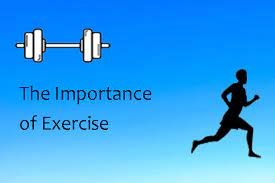
Project Overview
This project consists of 8 pages as follow:
1. The Importance of Exercise
2. Pros and Cons
3. Types of Exercise
4. The Patience Needed
5. Exercise and the Deseases
6. Exercise and Ages
7. Living Healthy
8. Contact Information
The Importance of Exercise
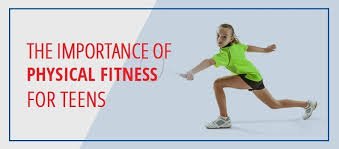
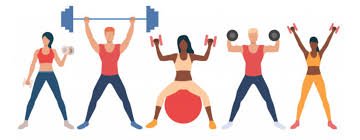
We all know that exercise is important in our daily lives, but we may not know why or what exercise can do for us. It’s important to remember that we have evolved from nomadic ancestors who spent all their time moving around in search of food and shelter, travelling large distances on a daily basis. Our bodies are designed and have evolved to be regularly active.
Without regular activity, your body slowly loses its strength, stamina and ability to function properly. It’s like the old saying: you don’t stop moving from growing old, you grow old from stopping moving. Exercise increases muscle strength, which in turn increases your ability to do other physical activities.
Exercise can help you live longer
It’s true, 70 is the new 60… but only if you’re healthy. People who are physically active and at a healthy weight live about seven years longer than those who are not active and are obese. And the important part is that those extra years are generally healthier years! Staying active helps delay or prevent chronic illnesses and diseases associated with aging. So active adults maintain their quality of life and independence longer as they age.
The American Heart Association recommends at least 150 minutes of moderate-intensity aerobic activity each week. You can knock that out in just 30 minutes a day, 5 days a week. And every minute of moderate to vigorous activity counts toward your goal. So, this is easy! Just move more, with more intensity, and sit less. You don’t have to make big life changes to see the benefits. Just start building more activity into your day, one step at a time.
Pros and Cons
Just 30 minutes of exercise a day can provide substantial health benefits, like:
1. Strengthening the heart
2. Improving oxygen uptake
3. Reducing blood pressure
4. Improving cholesterol levels
5. Controlling blood sugar
Exercise can also improve your mood, reduce stress, and improve your ability to think clearly. Of course, these benefits don’t come easily. Exercise is going to be tough—especially at first. Joint pain, tired muscles and cramped schedules are real concerns that keep people away from physical activity. When you haven’t worked out much in the past, it only makes sense that you may not know how to get started, or the best ways to prepare yourself for activity without getting hurt.
Impulsively starting to exercise, overdoing it and neglecting to rest can expose you to the negatives of exercise. In addition to being more likely to suffer injuries, exercising too much can leave you feeling weak, tired and dehydrated. According to Washington and Lee University, overexercising can also trigger heart problems, osteoporosis and arthritis as well as problems conceiving and loss of the menstrual cycle in women.
Obese people sometimes want to exercise in order to lose weight and improve their health, and there are certainly many benefits of exercise for overweight people. Exercise poses some risks for obese people, though, and you should be aware of the possible dangers and take steps to protect yourself from them while exercising. Make sure to talk with your doctor before beginning an exercise program, especially if you have any medical problems, to find out what type and amount of exercise is safe for you.
Types of Exercises
Endurance Exercises for Older Adults: Endurance activities, often referred to as aerobic, increase your breathing and heart rates. These activities help keep you healthy, improve your fitness, and help you perform the tasks you need to do every day. Endurance exercises improve the health of your heart, lungs, and circulatory system. They also can delay or prevent many diseases that are common in older adults such as diabetes, colon and breast cancers, heart disease, and others.
Strength Exercises for Older Adults: Your muscular strength can make a big difference. Strong muscles help you stay independent and make everyday activities feel easier, like getting up from a chair, climbing stairs, and carrying groceries. Keeping your muscles strong can help with your balance and prevent falls and fall-related injuries. You are less likely to fall when your leg and hip muscles are strong. Some people call using weight to improve your muscle strength “strength training” or “resistance training.”
Balance Exercises for Older Adults: Balance exercises help prevent falls, a common problem in older adults that can have serious consequences. Many lower-body strength exercises also will improve your balance..
Flexibility Exercises for Older Adults: Stretching can improve your flexibility. Moving more freely will make it easier for you to reach down to tie your shoes or look over your shoulder when you back your car out of the driveway.
The Patience Needed
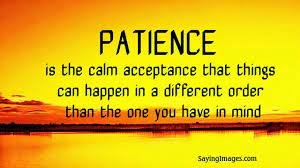
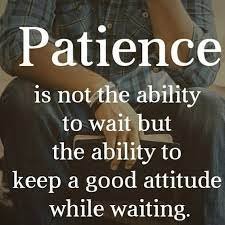
When it comes to improving your body, patience plays an important role in your quest to reach your goals. Patience has been called a virtue and for good reason. Having a lack of patience can lead to overwhelming frustration, loss of motivation and poor or unsatisfactory results. The ability to remain patient through the process will allow you to stay motivated and tolerate the difficulties we all encounter.
Have Patience With Your Training Program:
Believe in your training programs and do your best to stick with them. Your training programs will change and evolve over time, increasing in difficulty to remain challenging.
Have Patience With Yourself:
Being patient with your nutrition and your training program are important but you will also have to be patient with yourself. Understand that you will have setbacks on your journey to improve yourself. Having a nutritional strategy and an exercise program is one thing; following the strategy and program is another.
Exercise and the Diseases

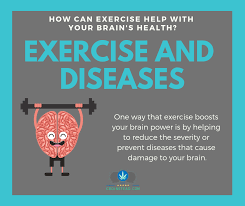
The benefits of exercise extend far beyond weight management. Research shows that regular physical activity can help reduce your risk for several diseases and health conditions and improve your overall quality of life. Regular physical activity can help protect you from the following health problems.
Heart Disease and Stroke. Daily physical activity can help prevent heart disease and stroke by strengthening your heart muscle, lowering your blood pressure, raising your high-density lipoprotein (HDL) levels (good cholesterol) and lowering low-density lipoprotein (LDL) levels (bad cholesterol), improving blood flow, and increasing your heart’s working capacity. Optimizing each of these factors can provide additional benefits of decreasing the risk for Peripheral Vascular Disease.
High Blood Pressure. Regular physical activity can reduce blood pressure in those with high blood pressure levels. Physical activity reduces body fat, which is associated with high blood pressure.
Obesity. Physical activity helps to reduce body fat by building or preserving muscle mass and improving the body’s ability to use calories. When physical activity is combined with proper nutrition, it can help control weight and prevent obesity, a major risk factor for many diseases.
Back Pain. By increasing muscle strength and endurance and improving flexibility and posture, regular exercise helps to prevent back pain.
Osteoporosis. Regular weight-bearing exercise promotes bone formation and may prevent many forms of bone loss associated with aging.
Exercise and Ages
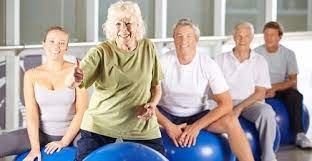
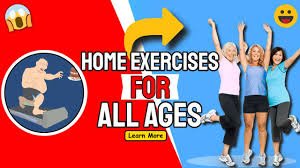
Regular physical activity is one of the most important things people can do to improve their health. Moving more and sitting less have tremendous benefits for everyone, regardless of age, sex, race, ethnicity, or current fitness level. The second edition of the Physical Activity Guidelines for Americansexternal icon provides science-based guidance to help people ages 3 years and older improve their health through participation in regular physical activity.
How does age affect exercise?
About half of the physical decline associated with ageing may be due to a lack of physical activity. Without regular exercise, people over the age of 50 years can experience a range of health problems including: Reduced muscle mass, strength and physical endurance. Reduced coordination and balance.
The definition of the best workout
“Ultimately the best workout for any age needs to be one that fits your time constraints and that you enjoy,” says Kyra Williams, NASM-certified personal trainer and coach for USA Weightlifting and USA Powerlifting. “If it doesn’t work for your schedule, it’s hard to get to, and if you tend to be all or nothing, you will end up with nothing.” The key is to find something that you can stick to long term. You don’t have to join a gym or health club. Finding something that boosts your energy and your mood will fit that bill.
Exercise and Living Healhy
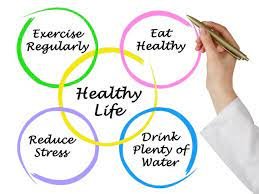
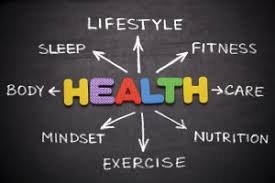
Why Exercise Matters?
1. Keep your bones, muscles, and joints healthy.
2. Make you less likely to have things like diabetes, colon cancer, and osteoporosis.
3. Lower your blood pressure.
4. Manage stress and improve your mood.
5. Ease symptoms of anxiety and depression.
6. Lower your chances of heart disease.
Does exercise really matter?
It can help you live a longer, healthier life because it can: Keep your bones, muscles, and joints healthy. Make you less likely to have things like diabetes, colon cancer, and osteoporosis. Lower your blood pressure.
“Healthy living” to most people means both physical and mental health are in balance or functioning well together in a person. In many instances, physical and mental health are closely linked, so that a change (good or bad) in one directly affects the other. Consequently, some of the tips will include suggestions for emotional and mental “healthy living.”
Physical activity and exercise is a major contributor to a healthy lifestyle; people are made to use their bodies, and disuse leads to unhealthy living. Unhealthy living may manifest itself in obesity, weakness, lack of endurance, and overall poor health that may foster disease development.